Jet Set Radio - Tokyo in Cel-Shade
Jet Set Radio│© Sega
There have been a million imaginings of Tokyo. Japan’s capital has been reduced to rubble by Godzilla, witnessed the mutations of Tetsuo Shima, and heard a thousand ballads from Kazuma Kiryu. Auteurs take inspiration from its unfathomable size, its assault to the senses, its shoulder-to-shoulder commotion.
A city of boundless possibility, it’s no surprise then that Tokyo has been a muse to game developers – who wouldn’t want to make its stream of neon a playground?
In this case, we’re not talking about your social sims or Action-RPGs. There’s no semblance of reality in today’s Tokyo – only roller-skating heroes and hip-hop street punks. That’s a tame description, too. Like the metropolis it calls home, Jet Set Radio (JSR) can’t be condensed to imagery and soundbite, you need to see it to believe it.
An exclusive release for the Sega Dreamcast in 2000, JSR was the brainchild of Smilebit studio, helmed by Masayoshi Kikuchi and Ryuta Ueda, who set to design a game based off rough, cartoon sketches inspired by Japanese youth culture of the late ‘90s. These drafts appeared like pages from FRUiTs magazine, filled with graphic tees, tinted shades, baggy denim and wired headphones.
Jet Set Radio│© Sega
Along with Ueda’s concept art, the eclectic taste of 1990s Tokyo shaped its game world, not only borrowing the look of rock, dance and rap subcultures but the sound too – its OST by Hideki Naganuma is a time capsule of the breakbeats and electronica of the era, and still holds up today.
Pop culture was the main throughline for the game’s look and feel, as Ueda made clear in a documentary for the game: ‘I kind of wanted to broadcast to the world what I felt in my youth, an image of what was popular in Tokyo then’.
Clearly, the streets of Shibuya and Shinjuku were to mould its aesthetic, but it was also influenced by the duo’s reaction to the state of gaming moving into the millennium. Kikuchi and Ueda wanted to rebel against the gaming industry’s pursuit of photorealism, leaning into Japan’s legacy of anime and manga. Cel-shading – a type of rendering that gives a comic book feel to characters and environments – was to shape Jet Set Radio’s look. These playful graphics were the perfect match for the pair’s cultural influences, bringing the vibrancy of a generation to life.
Jet Set Radio│© Sega
It may have worked on paper, but how would Kikuchi and Ueda make this technicolour Tokyo come to life? The clue is - as with much of Jet Set Radio - right there in the art.
As if you’re rating a good fit, start with the sneakers. What’s on feet?
Inline skates.
These ‘electromagnetic nitrium battery powered rollerblades’ would come to define the game, as the method of traversal through the dense streets of Tokyo-to (the ‘to’ a way of making it fiction, if you couldn’t tell). So important in fact, that they are essentially Jet Set Radio’s spine, the catalyst behind its up-tempo gameplay and Tony Hawk: Underground esque platforming. And like the latter, graffiti plays a role, albeit a much greater one in JSR – spray cans are your way to take back the city from your rivals and defeat the big bad.
When it comes to gameplay Jet Set Radio doesn’t exactly subscribe to gaming’s labels. You wouldn’t get away with calling it a platformer or adventure title. Even if you tried to skew the lines and say tagging simulator it wouldn’t work.
Jet Set Radio│© Sega
It’s the same with the plot, too.
‘Jet Set Radio’ is a pirate station, airing live to ‘Rudies’ (street gangs, not the Saints Row type) across Tokyo-to. Its MC, DJ Professor K serves as narrator and one of a roster of colourful characters seen throughout the game.
Our protagonists are The GG’s, loveable renegades founded by mascot Beat who run out of a garage in JSR’s Shibuya. Gang rules? ‘No-policy’- they’re lawless, rebellious, and oh so stylish. Each member, from Gum in her striped green to Yo-Yo with his red lenses are the epitome of free expression, with their own trademarks that identify them in a flash.
Teenage mischief may be a big drive behind the story, but there’s plenty more to it. Peel the layers back and you come to Jet Set Radio’s anti-establish core. While the GG’s come up against plenty gang rivals, the authorities are the main thorn in their side, alongside the Rokakku Group – a major corporation who aim for world domination. These unlikely adversaries butt heads over ‘The Devil’s Contract’, a record Rokakku CEO Goji is obsessed with. How to beat him? Tag his giant turn tables in his HQ.
Jet Set Radio│courtesy of Sega
Clearly Jet Set Radio’s story is a trip. A light-hearted, high-octane ride through along the guidelines of vibrant Tokyo-to, day and night. Yet there’s something to be said about the battle against the Rokakku group, and the capitalist reality that grips Japan – it’s anarchy and insanity a response to the ‘all work, no play’ that plagues big city corporate culture. What prevails is creative freedom, self-expression and a few labels and slaps.
Kikuchi and Ueda’s Tokyo-to is for the youth it celebrates, not just in Japan, but worldwide. It’s a time capsule of counterculture, and an example of how to do it well in the virtual. It’s cool without the cringe, without the eyeroll, and an empowering example of doing things your own way, outside of expectation.




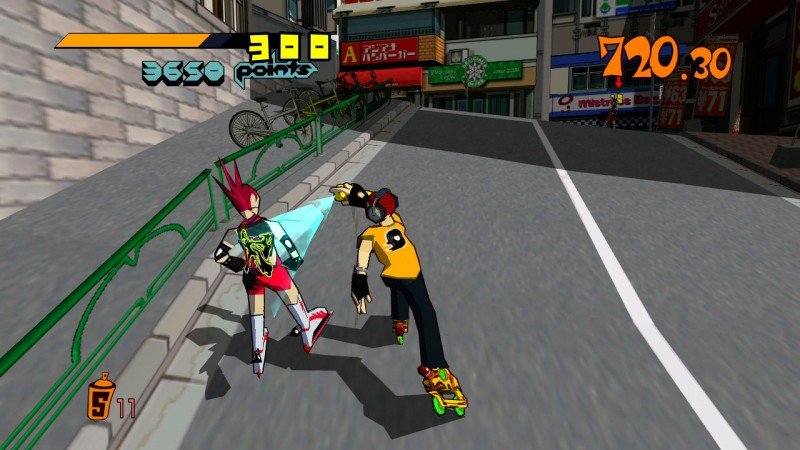
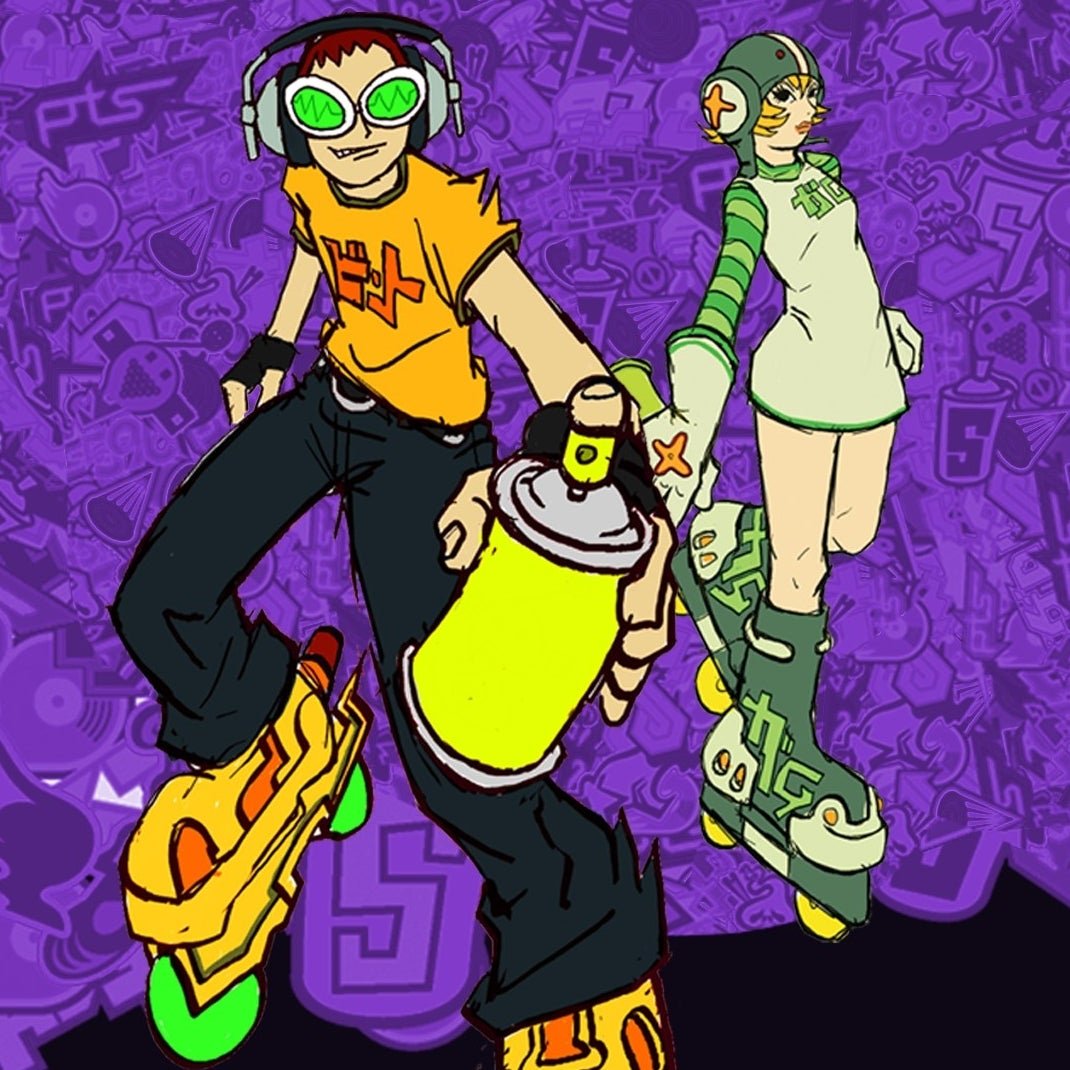
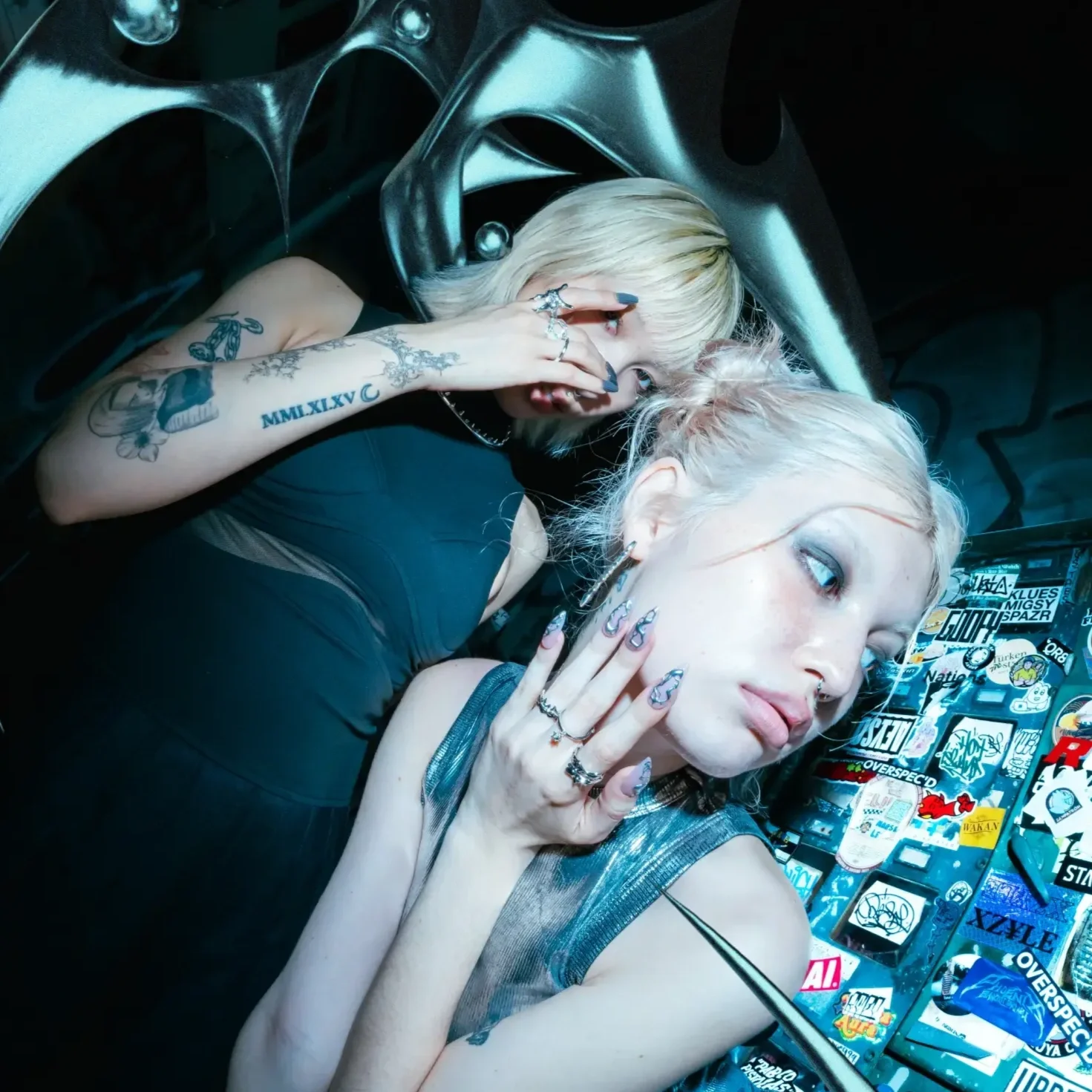
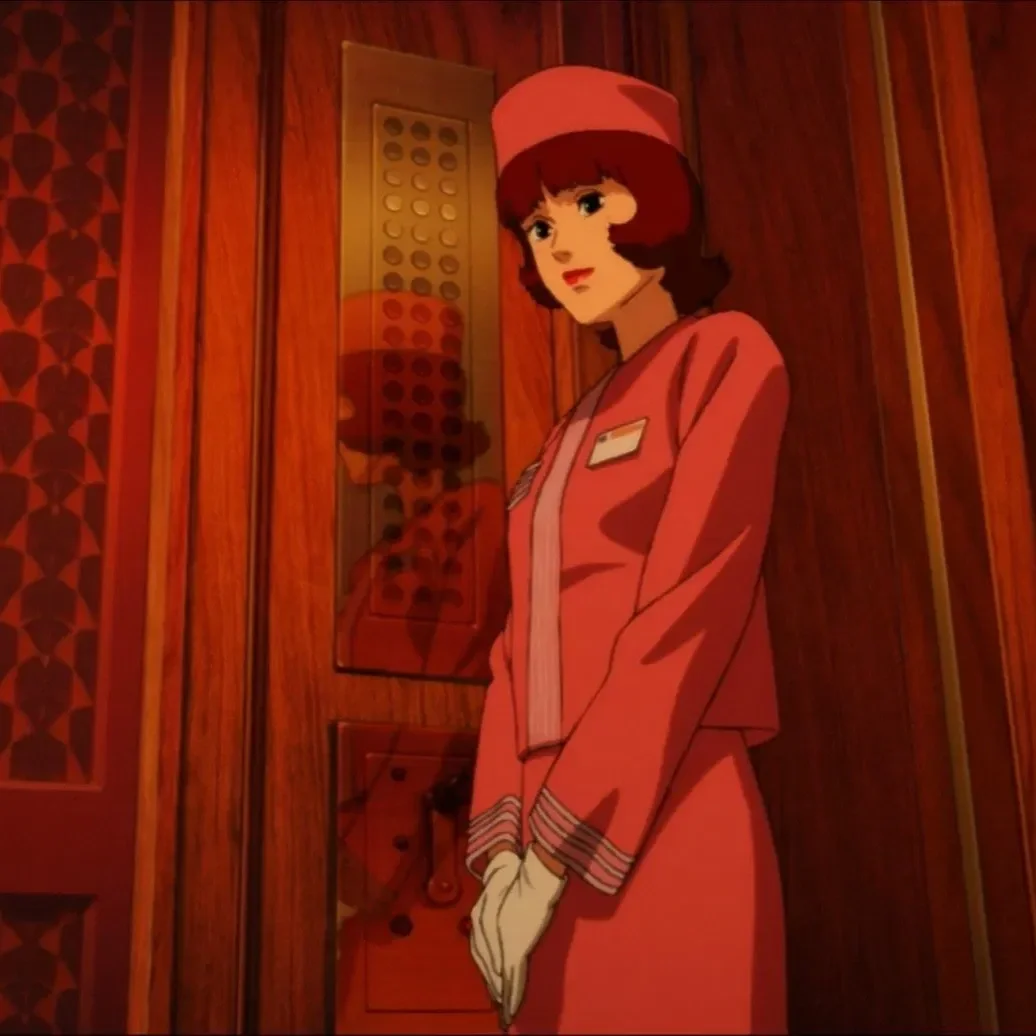
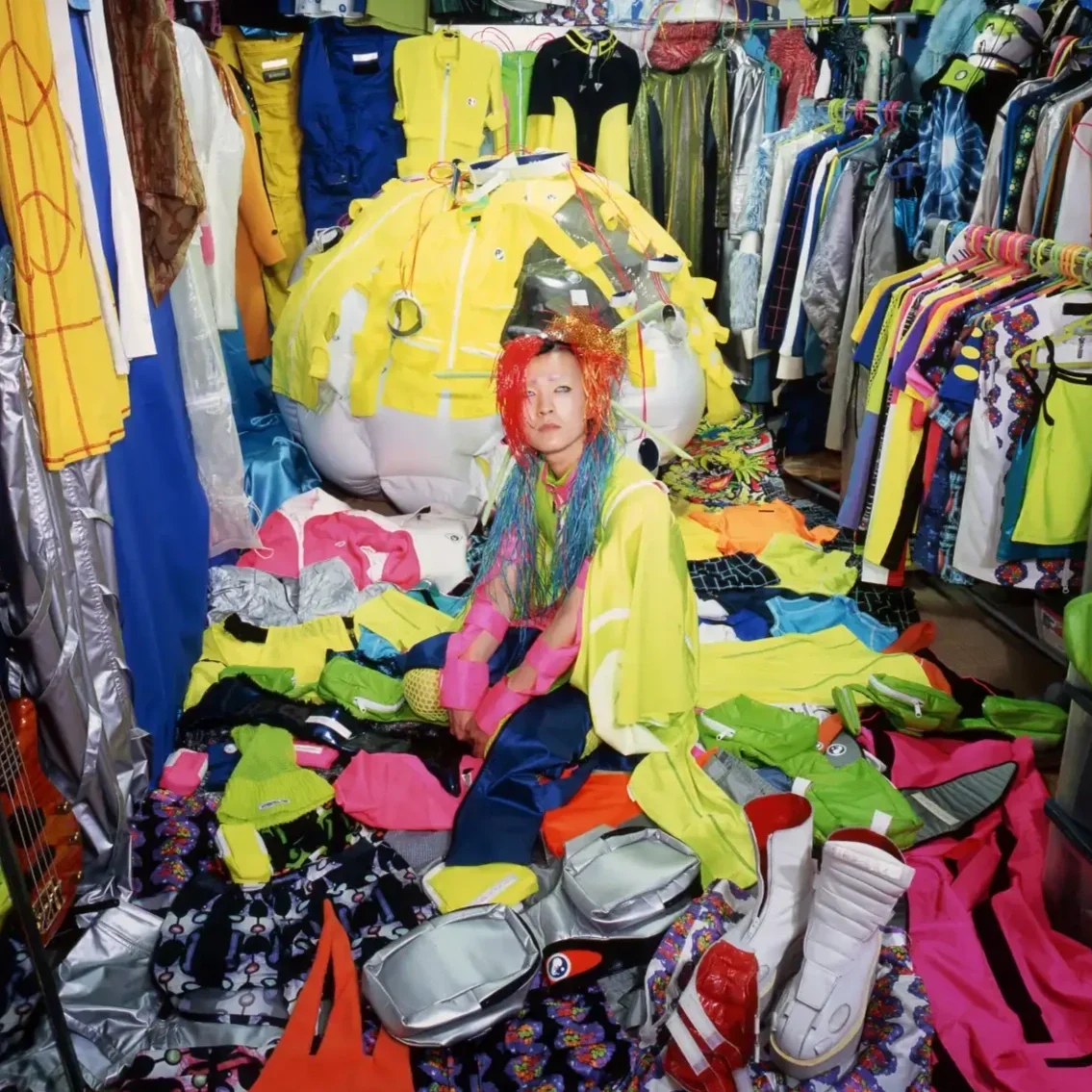


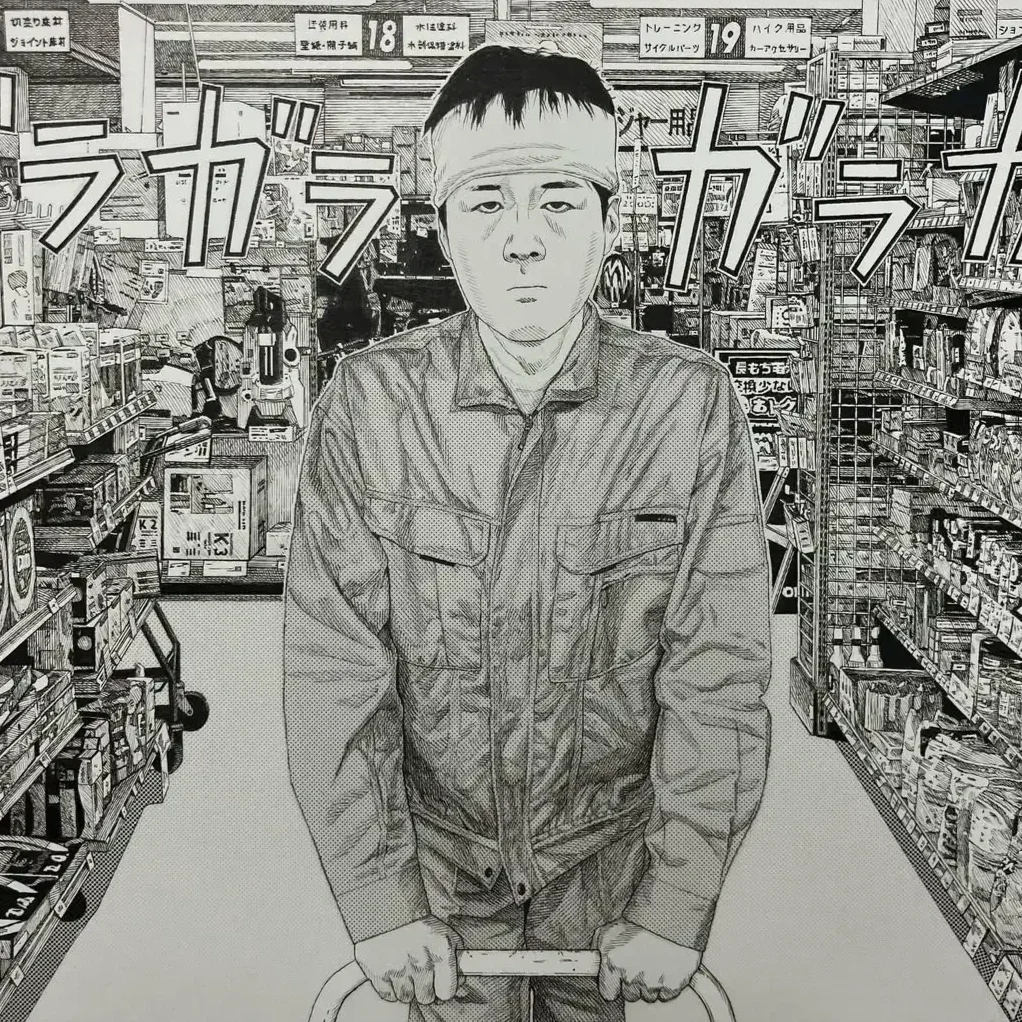
Explore one of Hideo Kojima’s revolutionary titles that laid the foundation for his future work.